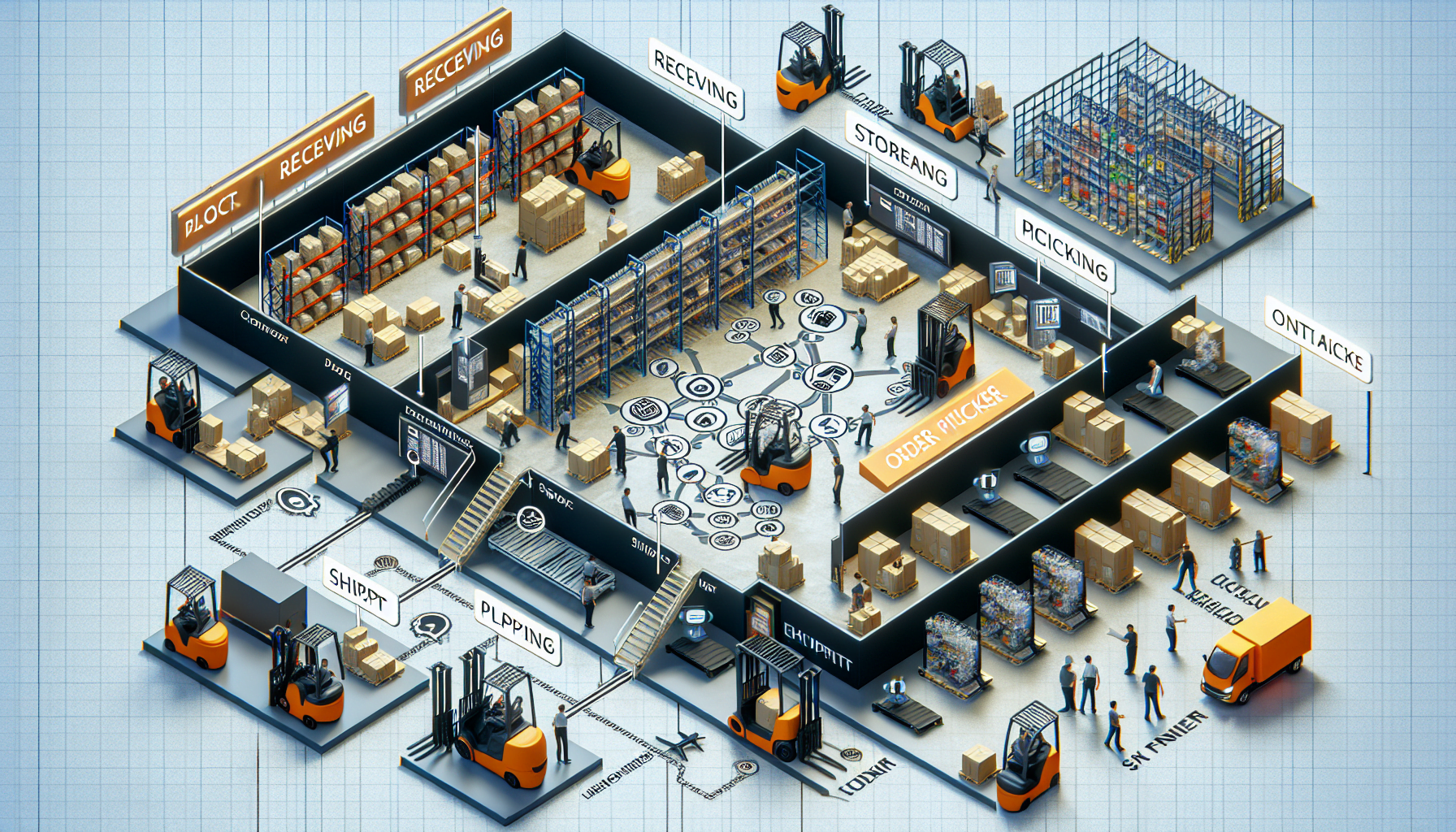Warehouse operations can be complex and challenging to manage. With numerous moving parts and multiple tasks to handle, it’s crucial to optimize the workflow to ensure cost efficiency. One area that plays a significant role in warehouse operations is Material Handling Equipment (MHE). By optimizing the MHE workflow, businesses can streamline their operations, increase productivity, and save money in the long run.
The Importance of Optimizing MHE Workflow
Material Handling Equipment encompasses a wide range of machinery used to move, store, and transport goods within a warehouse. This includes equipment such as forklifts, pallet jacks, conveyor systems, and automated guided vehicles (AGVs).
Optimizing the MHE workflow is essential for several reasons:
- Increased Productivity: By optimizing the MHE workflow, businesses can reduce downtime and increase productivity. With a well-organized workflow, employees can easily locate and access the necessary equipment, leading to faster and more efficient operations.
- Enhanced Safety: MHE accidents can result in serious injuries, which not only affect employees’ well-being but also lead to increased medical expenses and potential legal issues for businesses. By optimizing the MHE workflow, safety measures can be implemented, ensuring that employees operate the equipment safely and minimize the risk of accidents.
- Cost Savings: Inefficient MHE workflows can lead to wasted time, energy, and resources. By optimizing the workflow, businesses can identify areas where costs can be reduced, such as eliminating unnecessary equipment or optimizing routes for transporting goods.
- Improved Customer Satisfaction: A streamlined MHE workflow enables faster order fulfillment and delivery, leading to improved customer satisfaction. By optimizing the workflow, businesses can meet customer demands more effectively and provide timely and accurate shipments.
Steps to Optimize MHE Workflow
Now that we understand the importance of optimizing the MHE workflow, let’s explore some steps businesses can take to achieve cost efficiency:
- Analyze Current Workflow: The first step in optimizing the MHE workflow is to conduct a thorough analysis of the current processes. This includes identifying bottlenecks, areas of inefficiency, and potential safety hazards. This analysis helps determine where improvements can be made.
- Invest in Technology: Implementing advanced technologies can significantly improve the MHE workflow. This includes using warehouse management systems (WMS) to track inventory, optimize picking routes, and automate material handling processes. AGVs can also be utilized to automate repetitive tasks and reduce manual labor.
- Organize Equipment: Proper organization and storage of MHE is essential for an optimized workflow. Create designated areas for each type of equipment and ensure that they are easily accessible. Labeling and color-coding can help employees locate and return equipment more efficiently.
- Implement Training Programs: Proper training is crucial for operating MHE safely and efficiently. Implement regular training programs to ensure that employees are well-versed in equipment operation, safety procedures, and emergency protocols.
- Optimize Layout and Flow: Analyze the layout of your warehouse and optimize it for improved flow. Consider factors like the positioning of equipment, the location of high-demand items, and the efficiency of transportation routes. A well-designed layout can minimize unnecessary movement and enhance overall productivity.
- Regular Maintenance: Proper maintenance of MHE is essential to prevent breakdowns and minimize downtime. Implement a regular maintenance schedule to ensure that equipment is in optimal working condition. This includes regular inspections, lubrication, and prompt repairs when necessary.
By following these steps, businesses can optimize their MHE workflow, leading to increased cost efficiency and improved overall warehouse operations. To learn more about Material Handling Equipment Management and how it can benefit your business, visit HCO Innovations.

